The Berlin Wall, which separated the city in an eastern and western part, was the defining symbol of the Cold War. Built by the government of the DDR to prevent East Germans from escaping to the West, most of the Berlin Wall has been demolished since the border between East and West Berlin opened in 1989.
Berlin after the War
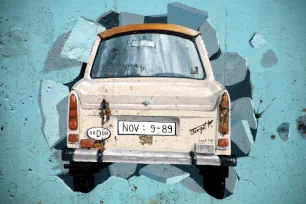
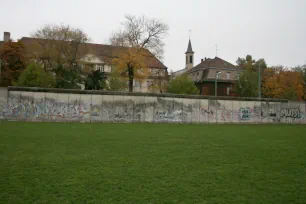
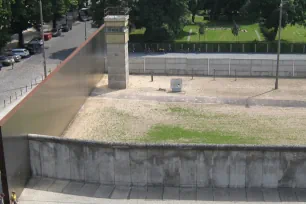
After the Second World War, defeated Germany was divided up into four parts: an American, British, French and Soviet occupation zone. Berlin itself, which was situated in the Soviet zone, was divided into four sectors.
In 1948, the Soviet authorities tried to annex the whole city and started a blockade of the US, British and French sectors. The plans failed due to the Berlin Airlift which carried supplies to the western sectors, and in May 1949 the blockade was lifted. That same year, the Soviet part of Germany became the German Democratic Republic (GDR) with East Berlin as its capital. The other zones became the Federal Republic of Germany, with the capital Bonn. The western part of Berlin became a separate enclave surrounded by East Germany.
A “Protection Barrier”
Until 1961, East Germans could move freely between the western and eastern parts of Berlin. But many East Berliners were attracted by the more prosperous West, and by 1961 up to 20,000 East Germans a month flocked to West Berlin.
On August 12, 1961, the East German authorities decided to close the border around the Western sectors of Berlin in order to prevent people from fleeing. Officially, it was an antifascist protection barrier to defend the East against Western aggression.
The next day, early morning August 13, West Berlin was surrounded by barbed wire. Traffic at the border was halted, and the underground and S-bahn connecting the different sides of the city were put out of operation. Houses at the eastern side of the border were evacuated and the windows on the border side were bricked up.
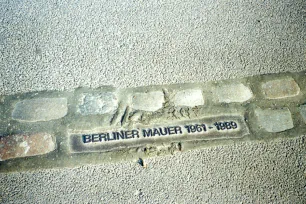
Over time, the barbed wire was replaced by a 3.6 meter high wall. Along the Wall’s east side ran a ‘death strip’, an area controlled by guards. A total of 302 watchtowers and 20 bunkers were built along the 155 kilometer long border. The guards were given the order to shoot at escapees.
As a result, during the 28 years of the Wall’s existence, 192 people were killed in their attempt to cross the border to the West. One of the first and most well-known was Peter Fechter, an 18-year-old who was shot by a guard while he was climbing over the wall. He fell down and despite his cries for help the East German guards ignored him and an hour later he had bled to death. A memorial in the Zimmerstraße now remembers the spot where he died.
Fall of the Wall
In May 1989, shortly after Soviet President Gorbachev had abolished the Brezhnev Doctrine, Hungary opened its border with Austria. This allowed East Germans to flock to the West via Hungary. Meanwhile, street protests drawing more and more people put pressure on the GDR government.
Finally, on November 9, 1989, travel restrictions were lifted. Mere hours later, throngs of people gathered at the border gates demanding access. The confused guards, who had not received any new instructions, bowed under the pressure. They opened the gates and people flooded into West Berlin. The Wall had fallen.

Remnants of the Wall
Most of the Wall has been dismantled since, but some sections still stand. Demolished sections have been replaced by a double row of cobblestones.
The most famous section of the wall that is still standing is the 1316-meter-long East Side Gallery. In 1990 artists were invited to paint this part of the wall, which turned it into one large open-air gallery. It is located along Mühlenstraße between Warschauer Straße and the Ostbahnhof and contains 106 paintings.
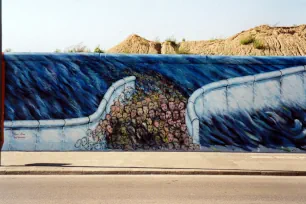
The official Berlin Wall Memorial site can be found at Bernauer Straße – the site of many escapes from East to West Berlin and also the place where the official destruction of the Wall started. Here you can overlook an intact section of the wall, complete with security zone and watchtower, from an observation deck across the street.
Other, smaller sections can be found on Potsdamer Platz, near the Reichstag, at Invaliedenfriedhof, Bornholmer Straße, Nieder-kirchner Straße and at Zimmerstraße near Checkpoint Charlie.
- Next: Alexanderplatz
- More Sights & Attractions in Berlin
- Related articles:

